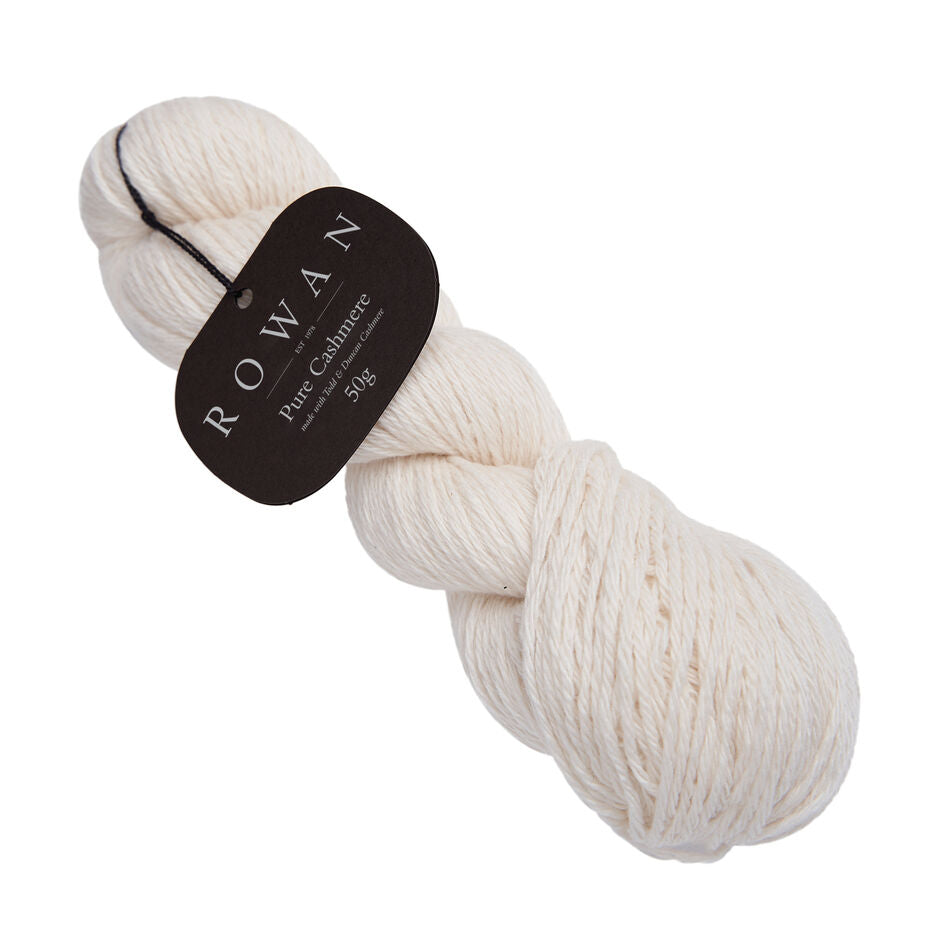The Truth Behind Is Cashmere a Natural Fiber and Its Sustainable Appeal
The Truth Behind Is Cashmere a Natural Fiber and Its Sustainable Appeal
Blog Article
Checking Out the Numerous Sorts Of Cashmere a Natural Fiber for Ultimate High-end
Cashmere, an all-natural fiber, is commonly connected with high-end and comfort. Not all cashmere is developed equal. From the richly soft Mongolian selection to the light-weight heat of Indian Pashmina, each kind offers its very own unique features and attraction. The a lot more inexpensive Chinese cashmere, the conventional Scottish version, and the high-end Italian blend, all inform a different story of this amazing fiber. As we unwind the globe of cashmere, a much deeper understanding of its real value and class starts to arise.
Understanding the Extravagant Nature of Cashmere
Cashmere, often linked with high-end and convenience, holds an one-of-a-kind allure in the world of natural fibers. Unlike other all-natural fibers, cashmere combines insulation with breathability, using unequaled convenience throughout varying temperatures. Its lustrous surface and soft structure contribute to its high-end allure, validating the premium cost that typically comes with cashmere garments.
Simply What Is Cashmere and Where Does It Originate from?

Given these remarkable qualities, one might question the origin and make-up of this glamorous fiber. Cashmere is derived from the soft undercoat of cashmere goats, mostly found in Mongolia, China, Iran, and Afghanistan - is cashmere a natural fiber. These goats are adjusted to rough weather problems, creating a very great, soft underfur as a defense against the bitter cold. This underfur, or undercoat, is what is gathered for cashmere. Each springtime, when the goats naturally shed their winter layer, farmers brush out the fine underhair, leaving the coarser hair behind. This precise procedure adds to the shortage and high price of cashmere. With its origin in the harsh landscapes of Asia, cashmere is a testimony to nature's capacity to create high-end from difficulty.
Decoding the Various Types of Cashmere
Comprehending the different kinds of cashmere is key to appreciating the high quality and unique attributes of this lavish textile. Usually, cashmere is classified right into three types: raw, virgin, and recycled. Raw cashmere is directly obtained from the goat and is unprocessed. This type typically contains contaminations such as dust and crude hair. Virgin cashmere, on the various other hand, is the pure, unrecycled material that is spun into yarn for the very first time. It is the softest and most glamorous. Ultimately, recycled cashmere is made from virgin material that has actually been formerly utilized. It is re-spun and used in generating lower-cost cashmere items. Homepage Translating these types is the primary step in recognizing the exclusivity and value of cashmere.

The Unique Attributes of Each Sort Of Cashmere
Having discovered the various categories of cashmere, it ends up being noticeable that each kind flaunts its unique collection of qualities. Mongolian cashmere, for circumstances, is renowned for its premium high quality, as a result of Mongolia's extreme wintertimes that produce longer and finer fibers. Alternatively, Chinese cashmere is frequently extra budget friendly, though its much shorter fibers can minimize resilience. Scottish cashmere is celebrated for its splendid softness, an outcome of the standard water washing procedure making use of Scotland's soft water. Italian cashmere, on the other hand, is popular for its skillful mixing and coloring methods, making it vivid and versatile. Finally, Indian cashmere, additionally understood as Pashmina, is valued for its incredible agility and warmth. Each type, therefore, adds to the textile's reputation for luxury.
Why Cashmere Is the Epitome of Luxury in vogue
Cashmere holds a prestigious placement worldwide of style, regarded as a sign of luxury and elegance. Its allure is not just in its gentleness and heat, but additionally in its rarity and the thorough process associated with its purchase. Cashmere is originated from the fine undercoat of Himalayan goats, recognized for their superior top quality fiber. The scarcity click here for info of this fiber, integrated with the labor-intensive procedure of collection, adds to its high price and special condition. Cashmere's unequaled convenience and resilience make it an in-demand product in the production of premium garments. Its all-natural lightweight and insulating properties include in its value, making it the epitome of high-end in fashion.
The Process of Making Cashmere: From Goat to Garment
The trip of cashmere, from being an undercoat of a Himalayan goat try this site to an extravagant garment, is a complex one. This blend is after that painstakingly divided, with only the soft down made use of for cashmere. From goat to garment, each step is a testimony to the ability, persistence and virtuosity entailed in crafting cashmere.

Verdict
Finally, cashmere, with its all-natural style and exceptional convenience, preponderates in the world of high-end fashion. The variety in types, varying from the soft Mongolian, lightweight Indian Pashmina, budget friendly Chinese, conventional Scottish, to the colorful Italian, discloses the flexibility of this natural fiber. The scrupulous procedure of transforming it from a goat to a garment even more includes in its exclusivity, making cashmere the epitome of class and deluxe.
Cashmere, a natural fiber, is frequently associated with deluxe and convenience (is cashmere a natural fiber).Cashmere, frequently associated with high-end and convenience, holds an unique attraction in the world of all-natural fibers. Unlike various other natural fibers, cashmere combines insulation with breathability, providing unrivaled convenience throughout varying temperature levels. Cashmere is acquired from the soft undercoat of cashmere goats, largely located in Mongolia, China, Iran, and Afghanistan. Cashmere is obtained from the great undercoat of Himalayan goats, recognized for their superior high quality fiber
Report this page